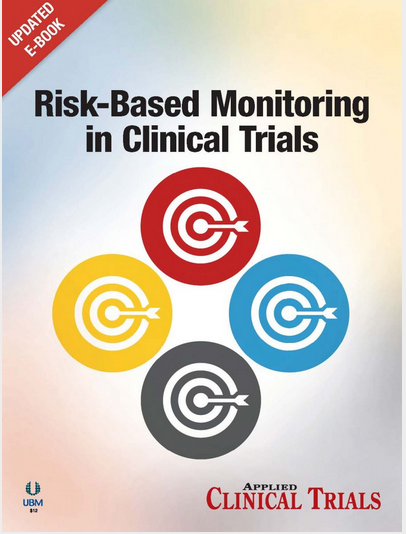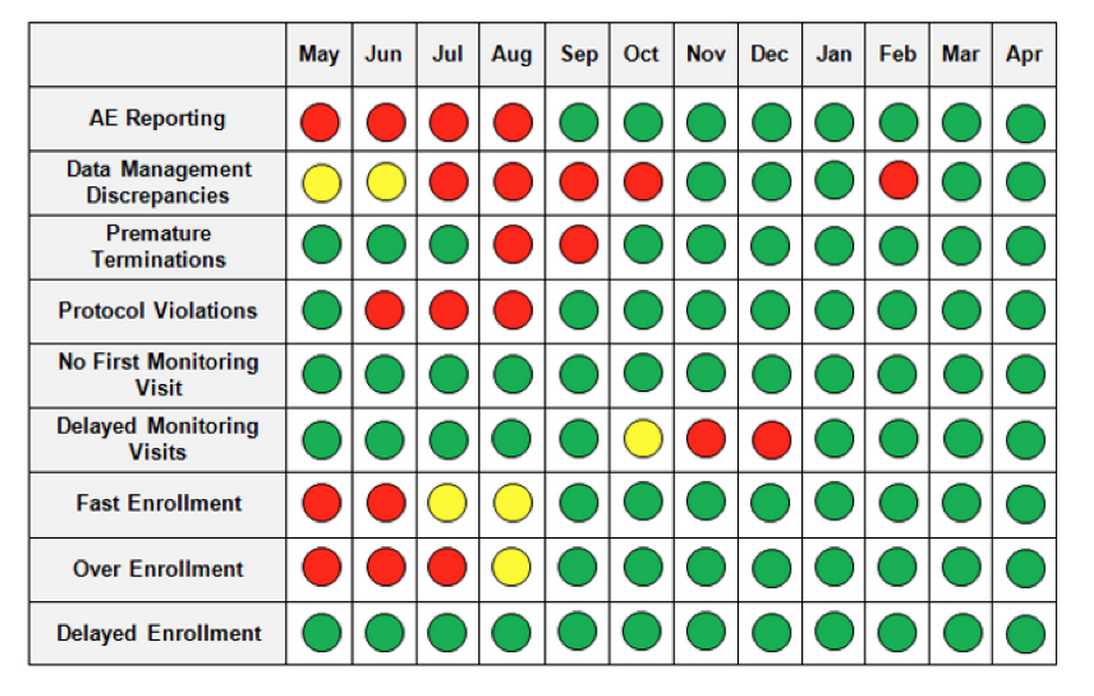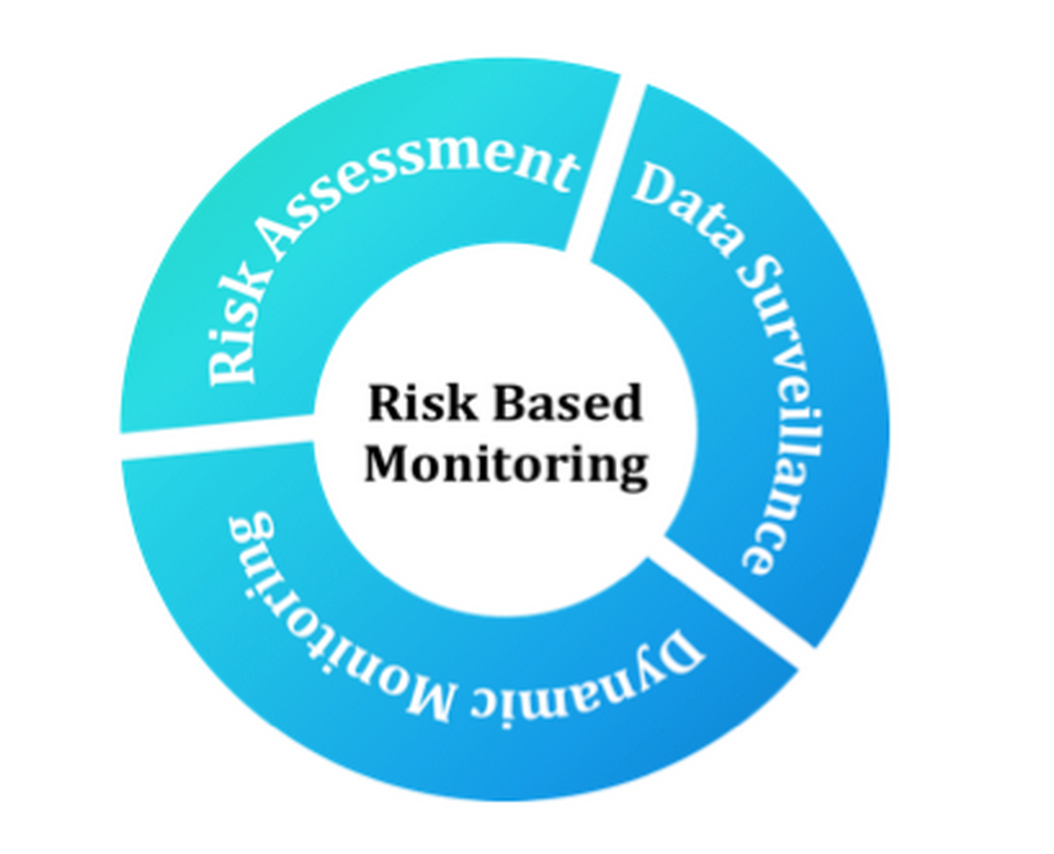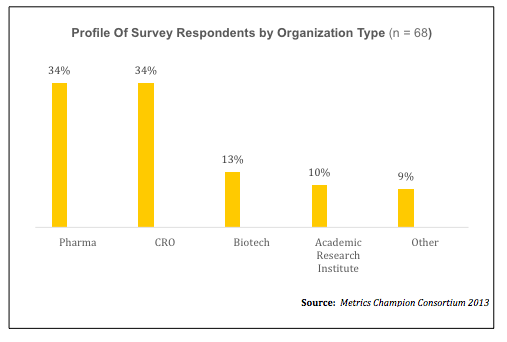The Top 5 Risk-Based Monitoring Articles
The Top 5 Risk-Based Monitoring Articles
The Top 5 Risk-Based Monitoring Articles

This slideshow encompasses the top 5 articles regarding Risk-Based Monitoring in Clinical Trials. Risk-Based Monitoring is currently gaining steam as a new space among Clinical Trials and definitely deserves attention. These 5 articles will exemplify RBM and showcase the important highlights for Clinical Professionals to know.
For more information regarding Risk-Based Monitoring, visit our Risk-Based Monitoring Resource center!
Interested in meeting other Clinical Professionals regarding Risk-Based Monitoring, head over to CBI's own conference regarding Risk-Based Trial Management!
#5
A Structured Approach to Implementing a Risk-based Monitoring Model for Trial Conduct

In today’s risk-aversive clinical trial environment, few clearly defined methodologies exist to aid sponsors and contract research organizations (CROs) in the identification, analysis and mitigation of monitoring risk factors for clinical trial conduct. Without a structured approach to model implementation, methodological variability may introduce process inefficiency, increased patient safety risk, increased operational expenditure and failure to improve overall trial quality and compliance.
#4
An Alternative to Risk-Based Monitoring May Prove to be Beneficial

While clinical trial data can indeed give some insight into safety and data quality, clinical trial data alone may miss certain issues. This is especially true with key indicators of site performance such as regulatory compliance and site engagement. All too often trial teams are caught off-guard by a site monitor's findings − when in fact − the issues could have been predicted using the right data analytics.
#3

Many biopharmaceutical enterprises are still coping with executing successful RBM pilots because of organizational challenges. BMS, for example, had to implement a change management program that focused on education and communication of a new set of roles and responsibilities in order to enable RBM.
#2
Risking It All? Introducing Risk-Based Monitoring at Cancer Research UK

Though the U.S. Food and Drug Administration (FDA) released guidance on the expanded use of RBM in 2011, there was still reluctance on the part of sponsors to take on a full-scale risk-based approach. Many were concerned that failing to conduct 100% source data verification (SDV) could lead to something being missed and the validity of trial data being compromised. In general, sponsors had misconceptions about the potential benefits of identifying, targeting and reducing risk.
#1
The Current Status of Risk-Based Monitoring

Risk-based monitoring (RBM) is garnering enormous attention as a change agent in the conduct of clinical trials. This reimagined approach to monitoring promises to reduce the time-consuming and costly practice of on-site 100% source data verification while refocusing efforts on improving data quality. Given this capability, use of RBM is being encouraged by the Food and Drug Administration as well as the European Medicines Agency. To evaluate the current status of RBM, Metrics Champion Consortium recently conducted an in-depth survey on the subject.
Thanks for reading!

For more information regarding Risk-Based Monitoring, head over to our Risk-Based Monitoring Resource Center.
To connect with Industry Professionals in the Field of RBM, register for CBI's conference here.
Unlock Commercial Growth through Data-Driven Patient and HCP Insights
May 2nd 2025Leveraging data-driven patient and healthcare provider (HCP) insights, including social drivers of health (SDOH), is essential for life sciences companies to continuously improve patient engagement and commercial success. Mark Rodgers, AVP of Commercial Analytics at Inovalon, discusses how identifying treatment milestones, assessing HCP performance, and segmenting patient populations using SDOH data can drive targeted strategies that improve healthcare outcomes and market access
Improving Relationships and Diversifying the Site Selection Process
April 17th 2025In this episode of the Applied Clinical Trials Podcast, Liz Beatty, co-founder and chief strategy officer, Inato, discusses a number of topics around site engagement including community-based sites, the role of technology in improving site/sponsor relationships, how increased operational costs are impacting the industry, and more.
FDA Approves Nipocalimab for the Treatment of Generalized Myasthenia Gravis
April 30th 2025Approval is based on results from the pivotal Vivacity-MG3 trial in which IMAAVY (nipocalimab-aahu) demonstrated superior disease control throughout 24 weeks when compared to placebo plus standard of care.